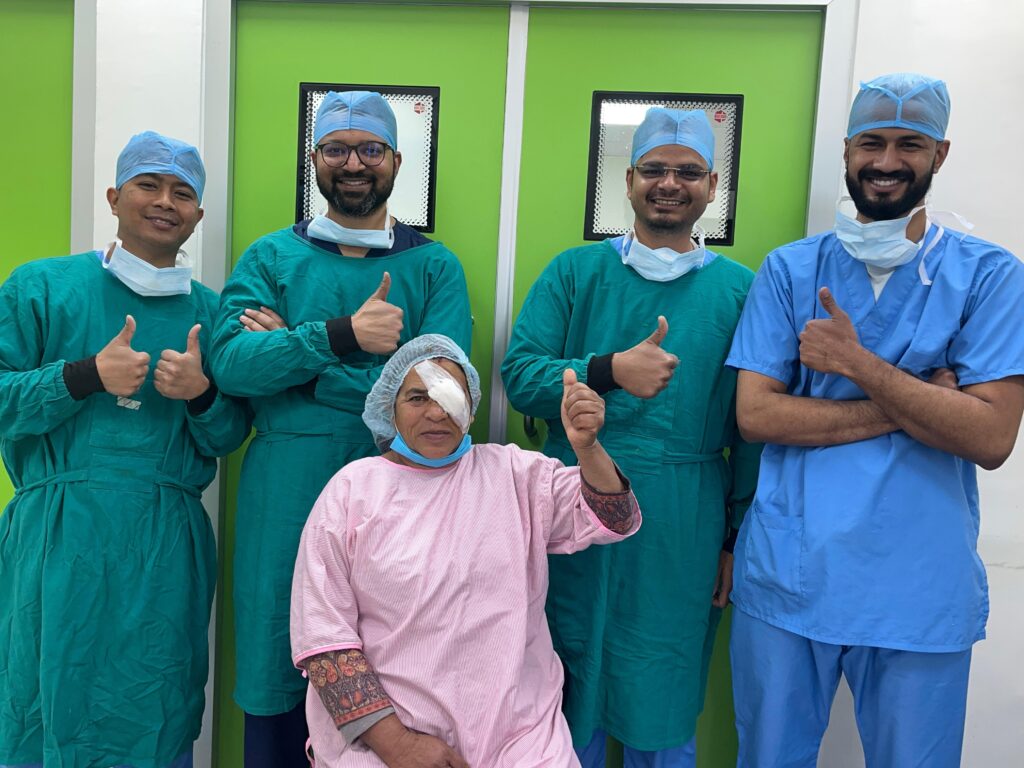What We Do




Shree Om Foundation has a very clear mandate: put an end to avoidable blindness.
Our organization was founded on a simple premise—that everyone, regardless of identity or circumstances, should have access to quality eye care, empowering them to live a healthy and productive life.
THE CHALLENGE
What if nearly half of those affected by blindness could have prevented it with timely treatment? Sadly, the cycle of poverty—both a cause and consequence of blindness—is incredibly difficult to break, especially in underserved communities and rural areas.
People in these regions face multiple challenges, including limited access to eye care services, low awareness of eye health, the high cost of treatment, dependency on others to accompany for treatment, and the widespread issue of untreated cataracts and refractive errors, which are key causes of blindness. Social stigma, illiteracy, and geographic isolation further complicate access to eye care.



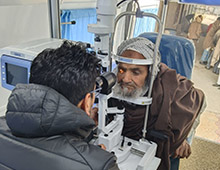
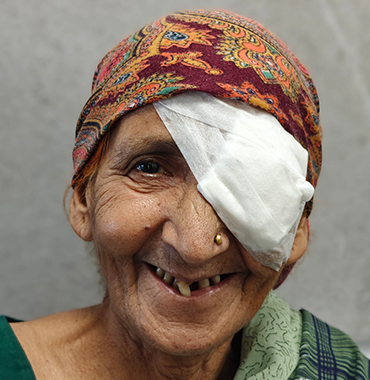

MAJOR CAUSES OF AVOIDABLE BLINDNESS IN INDIA
Cataracts as the leading cause
Cataracts are the most common cause of preventable blindness in India, and their timely surgical treatment can significantly reduce avoidable blindness
Refractive errors
Uncorrected refractive errors like near-sightedness and astigmatism are another major contributor to avoidable blindness, often due to lack of access to proper eyeglasses.
- Diabetic Retinopathy
- Glaucoma
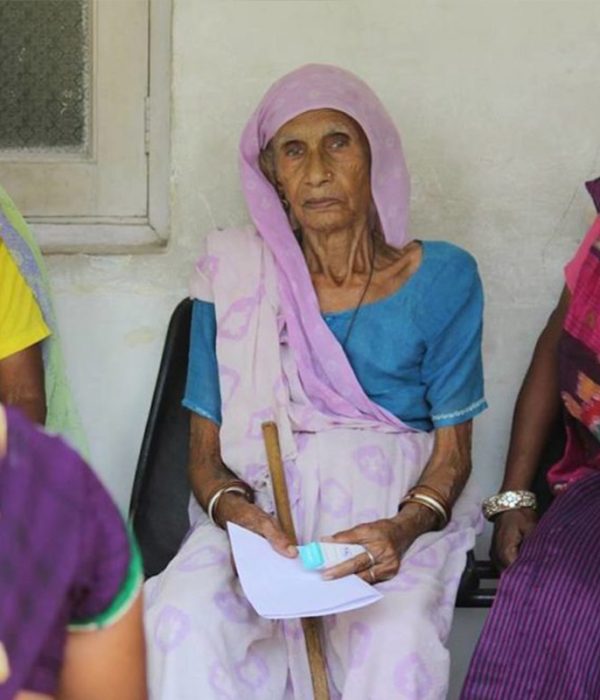
THE IMPACT OF BLINDNESS
Avoidable blindness significantly impacts people’s lives by hindering their ability to function independently, limiting educational and employment opportunities, causing social isolation, and often leading to decreased quality of life, particularly in areas where access to basic eye care is limited; this impact is often compounded by psychological distress and economic hardship due to reduced productivity in the workforce.


Educational challenges
Children with vision impairment may experience delays in learning, lower academic achievement, and difficulty participating in school activities due to limited access to adapted materials and support systems.


Employment barriers

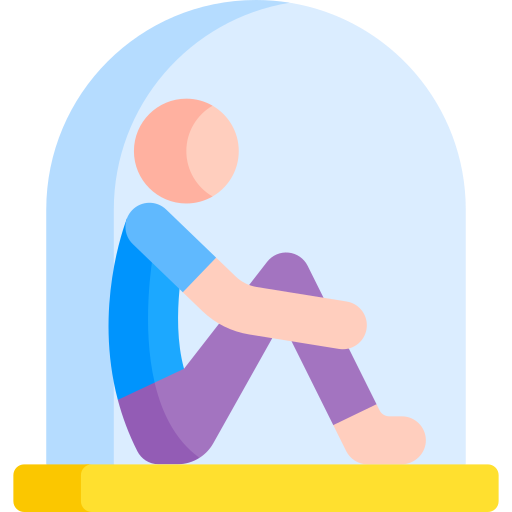
Social isolation:
Lack of vision can lead to decreased social interaction and feelings of isolation, as navigating social situations and maintaining relationships can become difficult.


Mental health concerns


Physical limitations
Vision loss can increase the risk of falls and injuries, particularly in older adults, due to difficulties with mobility and spatial awareness.

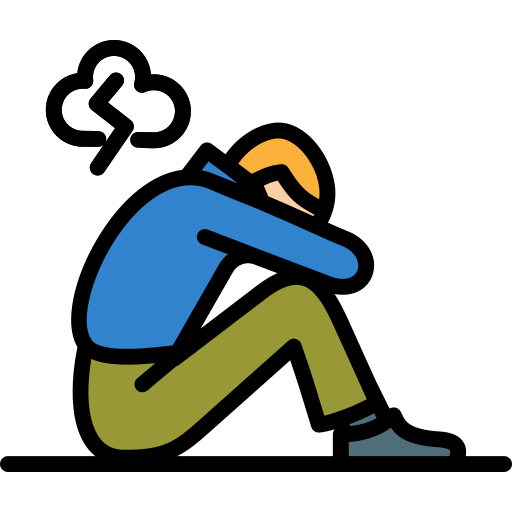
Economic burden
For individuals and families, the cost of specialized equipment and medical treatment for avoidable blindness can be a significant financial strain, especially in low-income communities.


OUR SOLUTION
Preventing blindness is often a straightforward process—removing a cataract, prescribing glasses, or providing necessary medications can have a life-changing impact, sparing individuals from a lifetime of blindness.
The greater challenge, however, is building sustainable healthcare systems that ensure consistent, reliable care for all, now and in the future.
We are building an interconnected system that facilitates continuity of care and long-term sustainability, while bringing essential eye care closer to the people who need it most, all while actively engaging the community in the process.
HOW WE DO IT





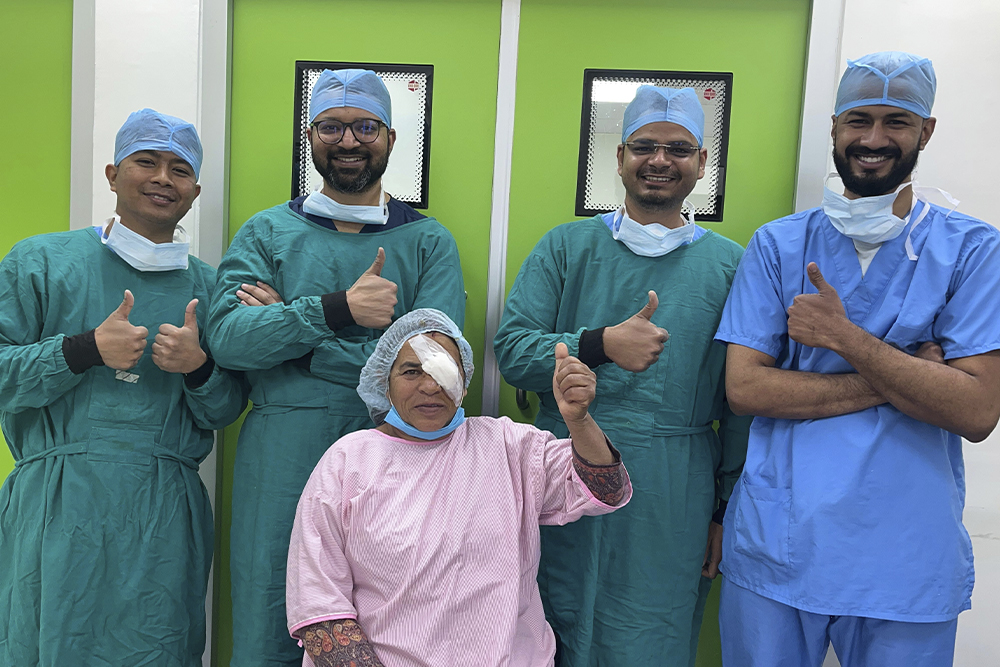
1. Treatment & Prevention
At Shree Om Foundation, we are committed to providing quality eye care to all, with the goal of transforming lives and communities. By bringing eye care directly to those in need, we ensure that even the most underserved populations have access to essential services. We believe that for eye care to truly make a difference, it must be both of the highest quality and easily accessible to everyone.
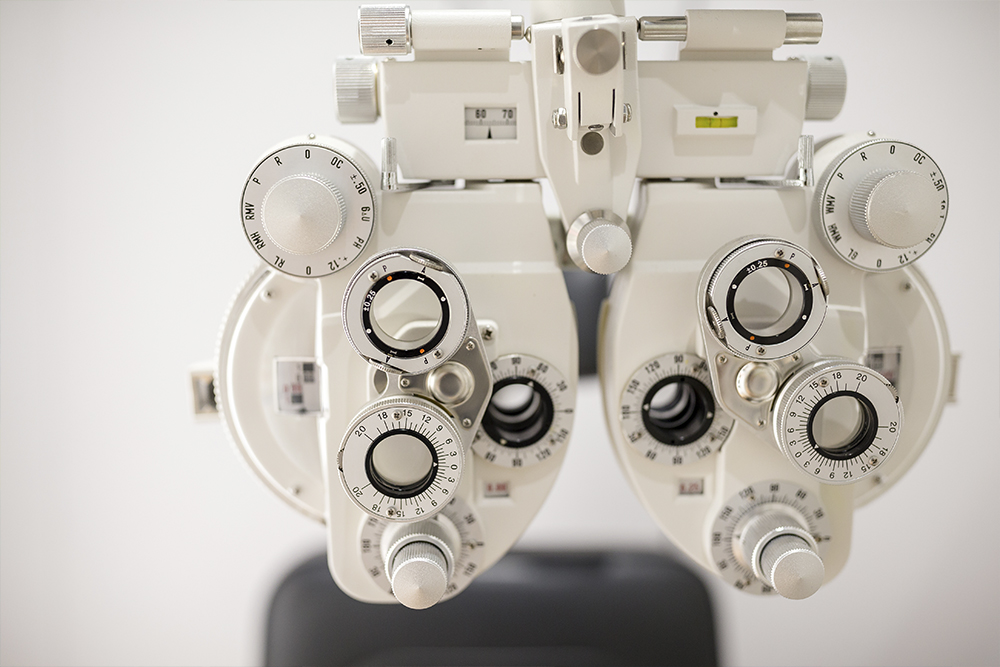
2. Infrastructure & Equipment
2. Our infrastructure investments focus on equipping our team with the necessary resources to deliver high-quality eye care across our various facilities. This includes supplying essential surgical and diagnostic equipment, expanding existing facilities to address unmet needs, and collaborating with local partners to build new vision centers. We are increasing our access and capacity by establishing a network of Vision Centres in 7 districts of Garhwal Division of Uttarakhand.

3. Training & Education
India’s ageing population also means demand for eye care is on the rise. Already over 12 million people across the country live with sight loss, and that number is set to double over the next 25 years. We are training and educating next generation of ophthalmic personnel – ophthalmologists, ophthalmic technicians, opticians, clinical assistants, and outreach coordinators, because we believe that people’s sight matters.
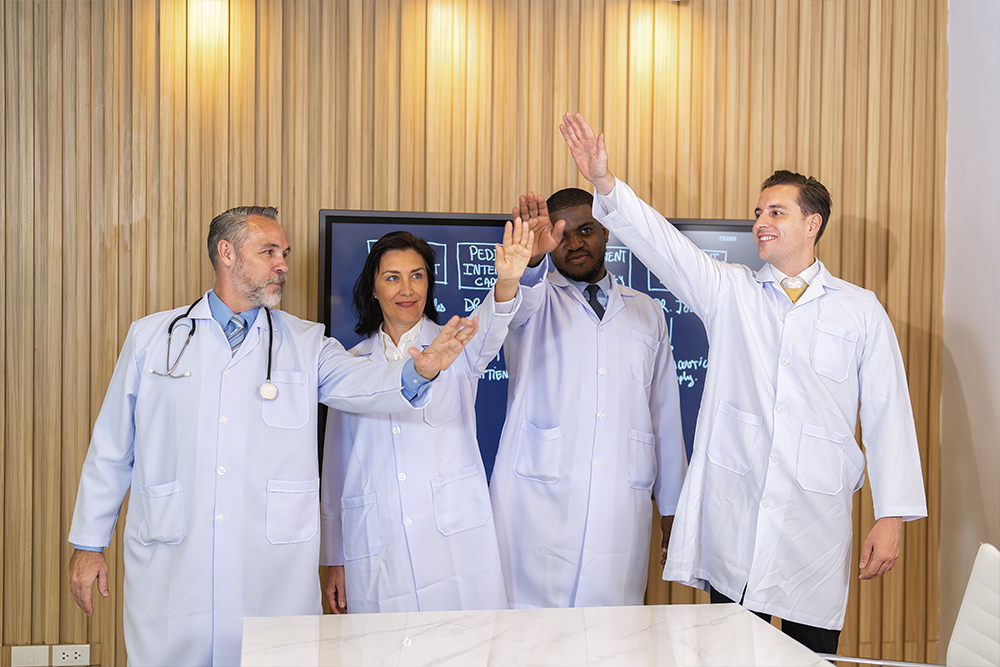
4. Partnerships & Teamwork
Our work is made possible through the generous support of our partners, including individuals, corporations, trusts, foundations, governments, institutions, and community groups. By combining resources and expertise, we believe that our collective efforts are far more powerful and impactful than anything we could achieve alone.
STORIES OF IMPACT: CLEARER, BRIGHTER FUTURES
We are combating avoidable blindness through a combination of early detection, education, and accessible treatment. By providing free eye screenings, distributing corrective eyewear, and offering surgeries to those in need
Reclaiming Life: A Woman's Transformative Journey After Cataract Surgery | Grateful for Clear Vision

Reclaiming Life: A Woman's Transformative Journey After Cataract Surgery | Grateful for Clear Vision



